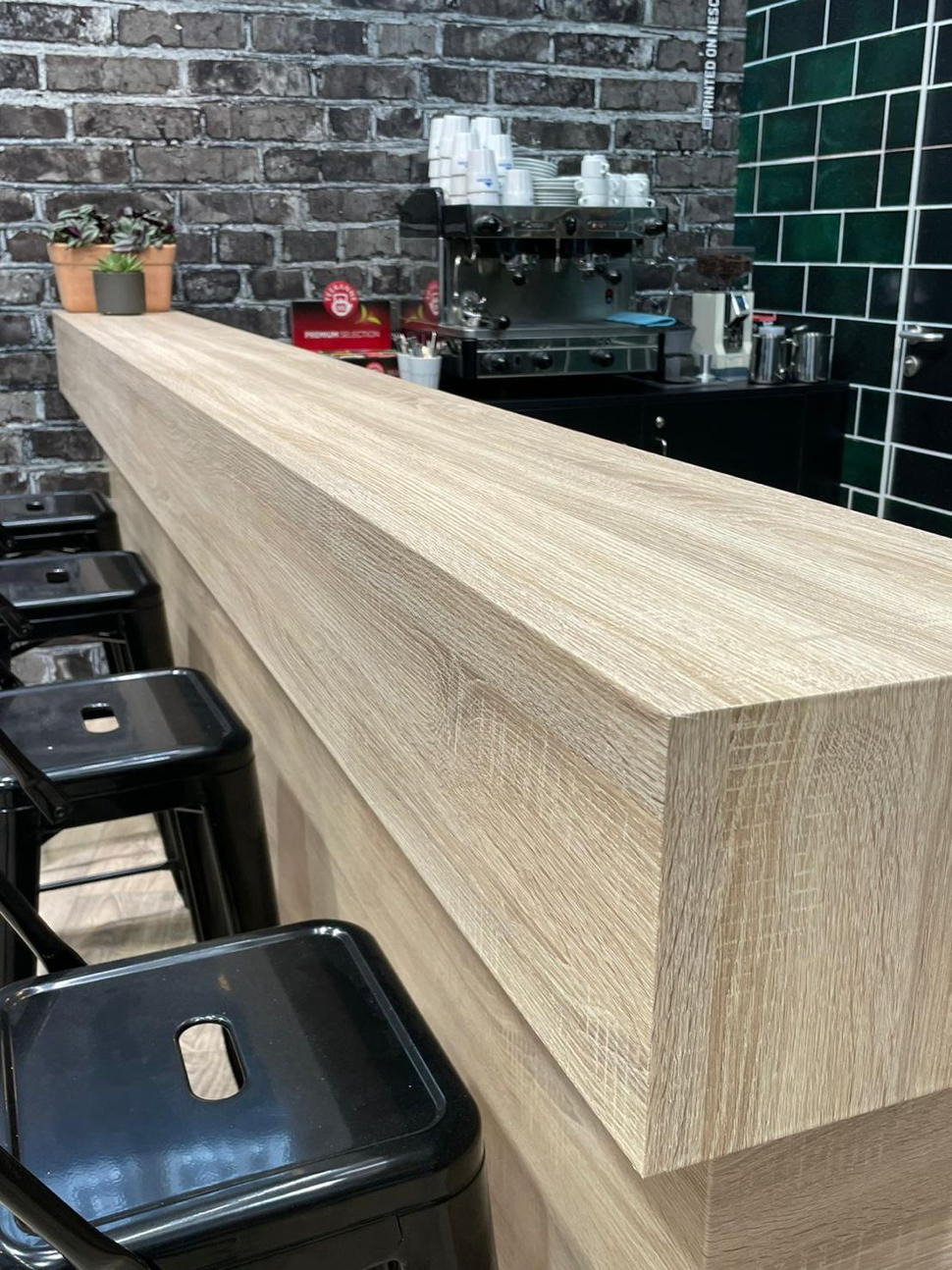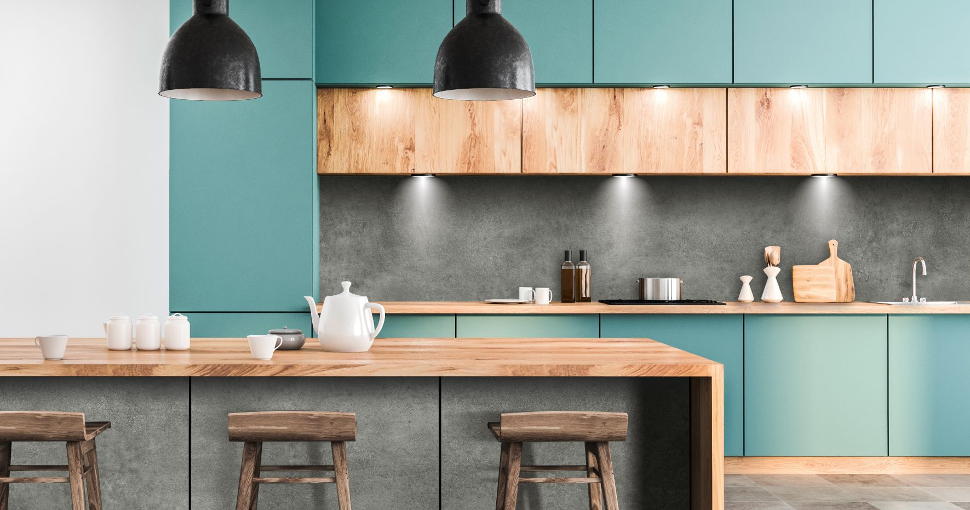Matt Manteit, International Sales Manager at Neschen Coating GmbH, explores the world of décor print and highlights some of the key factors to look out for when selecting films for this sort of work.
Being stuck inside for large parts of the last two years has raised awareness of just how important interior décor is. Whether that is the choice of wallpaper in your living room, wall graphics in an office, or even furniture decoration in a restaurant, there are all sorts of ways to transform the look and feel of a room.
Decorative films can transform stark interiors, change the brightness of a room and act as an element that ties together disparate objects. They can give life to a design and play a crucial role in creating the desired atmosphere, so it’s no surprise that their use has seen explosive growth.
We’re also increasingly seeing print service providers collaborating with interior designers and pattern designers in mutually beneficial joint ventures, with the combined talent and print know-how speeding up time to market and allowing new opportunities to be developed at a greater pace.
Demand is coming from a variety of sectors, including retail, offices, hospitality, exhibitions, museums, galleries and many more, and this boost in popularity has seen a series of stand-out trends emerge over the past 12 months or so, covering all sorts of applications and presenting those active in the sector with a wide range of opportunities to win new work and grow their businesses as a result.
On trend with décor
There are a number of key trends at present when it comes to interior décor, including the use of light-coloured wood in interior décor projects. The market has also seen a significant increase in the use of soft grey colours for walls, helping paintings and pictures stand out.
Some have also taken to using films and vinyls to recreate a concrete effect, bringing a rustic look to private living spaces, retail stores, trade show booths and restaurants, in a budget friendly manner.
Similarly, many designers have taken to using black colours to create a minimalistic, yet incredibly effective, design. While we have seen this a lot, more recently black has been combined with dark woods and other darker colours such as black oak or dark walnut to produce a striking look.

Then there are those that are following the trend of producing décor to replicate a cool, mid-Century modern style. Ideal for use in restaurants, store interiors or even private living rooms, the use of dark wood, lots of light, combined with touches of gold, copper or brass and more modern details creates an incredibly classy look, with a warm and inviting effect.
Environmental effect
While all of this is true and there are plenty more trends and applications to profit from within the interior décor space, the overarching factor that is superseding all others when it comes to print – and indeed the world as a whole – is the environment.
Yes, they want stunning designs and creative applications, but customers are now wanting more from their print service providers when it comes to the world around us, demanding that décor print work is as eco-friendly as possible to satisfy calls from their end users for more planet friendly solutions.
One of the major problems for print service providers is the widespread use of PVC films which, although commonplace in many interior décor print jobs, are not the most eco-friendly of materials. They often cause headaches for print companies looking to hit the ambitious sustainability targets set by their clients.
Due to its chlorinated chemistry and its many toxic additives, PVC is responsible for a range of environmental and health hazards, with the list of prominent brands and institutions that have adopted PVC avoidance policies continuing to grow. As a result, there is now a real move towards non-PVC materials that can still produce excellent results, but with a reduced environmental impact. At the same time, PVC-free films are now coming down in price, making them a viable option for any cost-sensitive projects.
There are all sorts of opportunities for work in the décor market and as more customers look to overhaul the look of their interiors, this demand is likely to increase. Working with PVC-free films – such as easySTYLE from Neschen – will ensure you can capitalise on this trend, while meeting the evermore eco-friendly objectives of your clients.
Neschen easySTYLE
Neschen’s easySTYLE can help solve the environmental challenge. A hard-coated, extremely-durable, decorative paper-based self-adhesive film, easySTYLE is entirely PVC-free, meaning it will satisfy the planet-friendly demands of both customers and their end users.
Available in a large array of colours, designs and textures, the films open up a wide range of projects right across the interior décor market and are suitable for applications on nearly all flat and smooth surfaces, including walls, plywood and MDF boards, solid wood, plastics, metal and lacquered surfaces.
Installation is bubble-free, meaning graphics can be applied to surfaces quickly and cleanly, significantly reducing disruption to the customer and their business.





